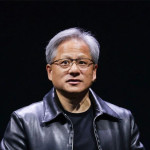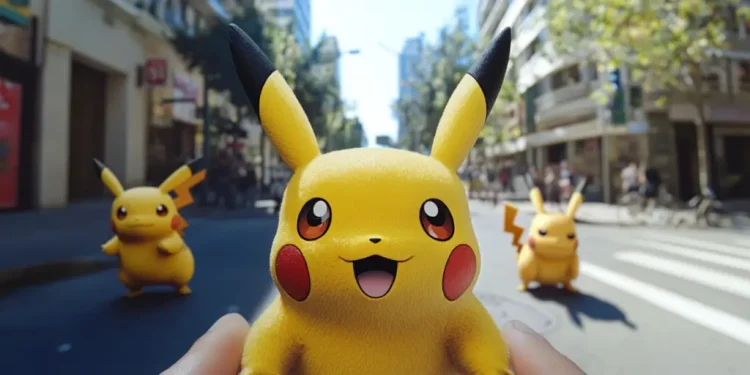The Advent of Pokémon Go and Its Surprising Impact
In the summer of 2016, Pokémon Go took the world by storm. People of all ages could be seen exploring their neighborhoods and local parks, eagerly watching their smartphones for a chance to capture virtual creatures in the real world. While many players understood the game as a fun diversion or fitness motivator, few realized that their adventures were also contributing to the development of something much bigger: artificial intelligence.
Understanding the Game’s Mechanics
Pokémon Go uses a technology called augmented reality, which overlays digital images onto the real world. To function, the game requires access to players’ location data through GPS, which helps it determine where Pokémon should appear on a player’s screen. Additionally, the game uses the camera on players’ smartphones to show the Pokémon navigating the real environment, allowing for an immersive experience.
How Data Collection Benefits AI Research
As millions of players ventured into streets, parks, and nature paths to ‘catch ’em all,’ they generated a massive amount of location and mapping data. This data is a goldmine for researchers and companies interested in artificial intelligence, particularly in the field of navigation.
Through the continuous collection of this data, AI systems can analyze and learn to recognize patterns within various geographic locations and environments. For instance, an AI system could learn how different road layouts impact navigation or how certain landmarks might assist in understanding location context.
The Role of Crowdsourced Data
Crowdsourcing, sourcing information and insights from a large group of people, has become incredibly valuable. With Pokémon Go, Niantic, the game’s developer, essentially harnessed the power of crowdsourcing on a global scale. By using the data of countless players, it became possible to create detailed and practical maps of diverse environments.
This information doesn’t just stop at mapping. It’s also applied to improve computer vision technology, which helps machines understand and interact with the physical world. The images and video footage provided by players’ cameras when catching Pokémon can help AIs to recognize and identify objects, textures, and more.
Implications for Future AI Applications
The data and lessons harvested from Pokémon Go players extend well beyond gaming. One of the most promising applications is in the development of autonomous vehicles. Self-driving cars need to accurately interpret and navigate through the world just as a Pokémon Go player does. Equipped with real-world navigation data, these AIs are better prepared to handle diverse driving scenarios.
Additionally, the potential extends into urban planning and public transportation. By understanding how individuals move through urban spaces, city planners can design more efficient transit systems or improve pedestrian pathways, enhancing safety and flow.
Ethical Considerations and Privacy Concerns
Despite the exciting prospects, there are ethical and privacy concerns related to the vast data collection involved in games like Pokémon Go. Many players are unaware of just how much data they are sharing or how it might be used. Ensuring that companies remain transparent about their data usage and adhere to privacy regulations is crucial to maintaining public trust.
It’s important for players to be informed about their privacy settings and understand the permissions granted to apps on their devices. Knowledgeable usage can mitigate some privacy risks, allowing users to enjoy their gaming experiences without unnecessary worry.
A New Wave of Gaming and Technology Integration
As augmented reality and AI continue to evolve, the overlap between gaming and technology promises to become even more intriguing. Players will continue to contribute – often unwittingly – to technological advances that shape the world. While enjoying the fun and engagement of games like Pokémon Go, it’s fascinating to consider how much they contribute to a complex and far-reaching technological landscape.










